LightScribe Drives Comparison
1. Introduction
 There
were numerous rumors floating around about LightScribe Direct Disc
Labeling and its features. Feelings about lightscribe technology are mixed.
Many users are fascinated with the idea of direct-disc labeling
their
media, while
others think that it is not something worth their attention.
One thing is sure: although many companies are talking about Lightscribe technology,
there is not a lot of information about how it actually works, and if it
is worthy of attention. The million dollar question is can the LightScribe
technology
compete with other printing solutions and will it replace permanent markers?
There
were numerous rumors floating around about LightScribe Direct Disc
Labeling and its features. Feelings about lightscribe technology are mixed.
Many users are fascinated with the idea of direct-disc labeling
their
media, while
others think that it is not something worth their attention.
One thing is sure: although many companies are talking about Lightscribe technology,
there is not a lot of information about how it actually works, and if it
is worthy of attention. The million dollar question is can the LightScribe
technology
compete with other printing solutions and will it replace permanent markers?
 CDRinfo.com
already has a wide range of LightScribe products and has even helped companies
improve their LightScribe technology. In this review, we will present three
LightScribe enabled drives that will reveal the true performance of direct
disc labeling.
They are the Hewlett-Packard dvd640i, the BenQ DW1625 and the Philips DVDR16LS.
In this review, you will see that all these LightScribe drives have many things
in common. We will focus on the LightScribe technology and not on burning quality.
However, CDRinfo is already conducting new tests to investigate burning quality
and performance of these drives, the results of which will be posted in an
upcoming review.
CDRinfo.com
already has a wide range of LightScribe products and has even helped companies
improve their LightScribe technology. In this review, we will present three
LightScribe enabled drives that will reveal the true performance of direct
disc labeling.
They are the Hewlett-Packard dvd640i, the BenQ DW1625 and the Philips DVDR16LS.
In this review, you will see that all these LightScribe drives have many things
in common. We will focus on the LightScribe technology and not on burning quality.
However, CDRinfo is already conducting new tests to investigate burning quality
and performance of these drives, the results of which will be posted in an
upcoming review.
While there may be many unanswered questions in most peoples minds such as "will present drives support LightScribe with firmware upgrades" or "will LightScribe become even faster", let's start by having a look at what LightScribe actually is and how it works.
- LightScribe Technology
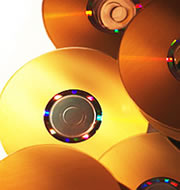 LightScribe
was conceived by an HP engineer in Corvallis, Oregon, and brought to market
through the joint design efforts of HP's imaging and optical storage divisions.
LightScribe is a new technology that enables burner itself to print the user's
custom label design directly on the disc. The whole process is done
by the burner without
the need to have any other kind of media printing equipment. So, you
simply burn
your data as you normally do onto the disc and when finished, flip the
disc over to burn silkscreen-quality labels on the other side.
LightScribe
was conceived by an HP engineer in Corvallis, Oregon, and brought to market
through the joint design efforts of HP's imaging and optical storage divisions.
LightScribe is a new technology that enables burner itself to print the user's
custom label design directly on the disc. The whole process is done
by the burner without
the need to have any other kind of media printing equipment. So, you
simply burn
your data as you normally do onto the disc and when finished, flip the
disc over to burn silkscreen-quality labels on the other side.

The technology requires three elements to work:
- LightScribe-enabled optical drive
- LightScribe-compatible media
- LightScribe-supported application software
Most popular burning/labeling software already supports the LightScribe features, like the CyberLink, InterVideo and Sonic applications. We used the software applications that came with the devices, that is the latest Nero 6 (through Nero Cover Designer), and SureThing CD Labeler 4 SE where there were no differences in printing speed, since printing performance is more burner dependent than software. A good pictorial overview of the LightScribe system can be seen in the following image.

According to HP, "LightScribe-licensed software applications have a number of specific capabilities, including:
- Templates: For easy creation of labels from simple, quick title labels to elaborate, creative full discs.
- Print modes: Two different modes - Normal and Best - which range in print speed and quality.
- Interface: Two-way communication between the application and the print control engine via a proprietary interface. Print commands, status and media or drive information are shared through this interface.
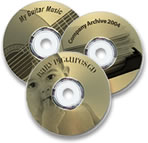 The LightScribe host system software provides communication between the components
of the system:
The LightScribe host system software provides communication between the components
of the system:
- LightScribe Label Control API. The communication interface between the print engine and the software application
- LightScribe Drive Communication Layer. A high-speed communication path that encompasses all hardware communication and control in addition to providing hardware status and capabilities
- LightScribe Label Engine. Orchestrates all the system's components.
It receives label information from the software application, printing capabilities
from the drive, and
labeling parameters from the media. The label engine transforms the rectangular
label image to the optimized circular print format and achieves optimal imaging
via:
- Radial coordinate system. A new coordinate system achieves a constant marking density using fixed coordinate precision
- Image processing. A unique image pipeline transforms continuous tone
rectangular images to a circular system with scaling, color separation, half-toning and pixel mapping - Imaging tools. Imaging tools developed for inkjet, laserjet, and liquid electrophotography are adapted for the LightScribe imaging system
- Labeling optimization. Novel circular labeling strategies, unique to LightScribe, increase label speed and quality"
In the following pages, we will focus on the media and the burners and present the benefits and the limitations of LightScribe Direct Disc Labeling.



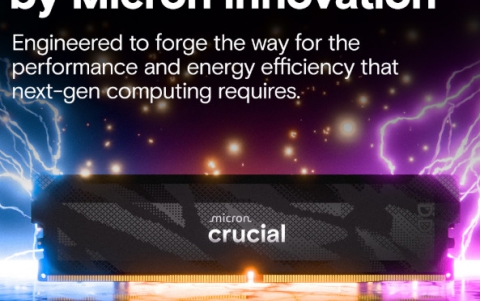

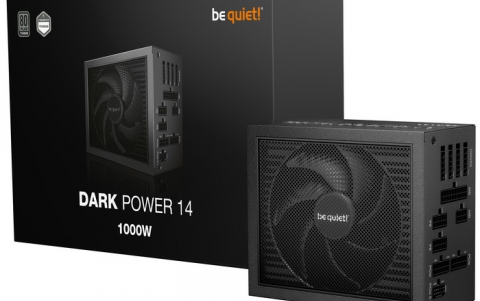
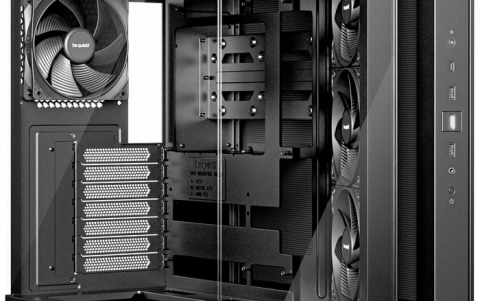

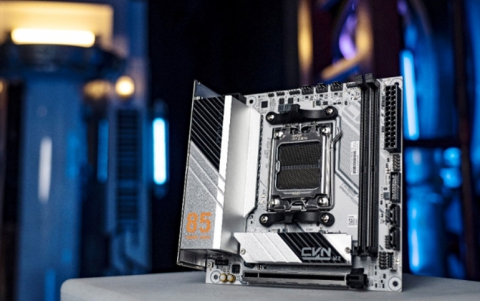
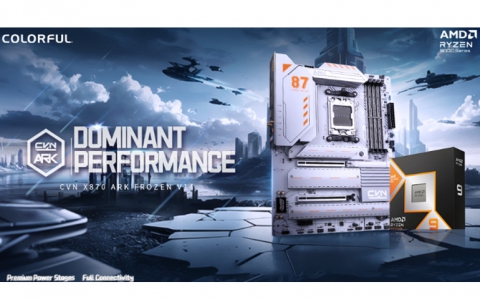
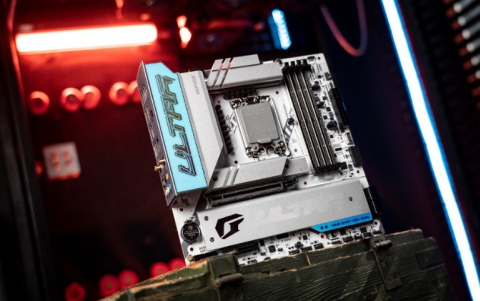
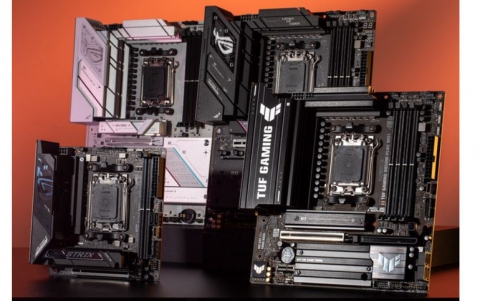



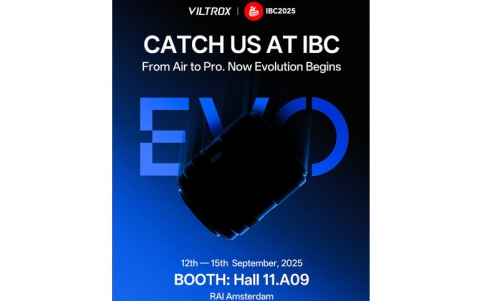
i have large blank disc LightScribe based, wants to buy new high quality burner which hold/print long time disc lightscribe print. pls suggest me , i have huge blank DVD n CD in LightScribe